Recent Veteran Owned
Logo Design
Below are some examples of veteran logo design we have created from scratch for veteran owned businesses. Do remember, your logo will be completely unique to your business. These examples are just to give you an idea of the quality you can expect. You can change to view examples from a different industry by using the drop down menu.
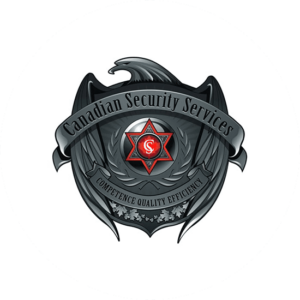
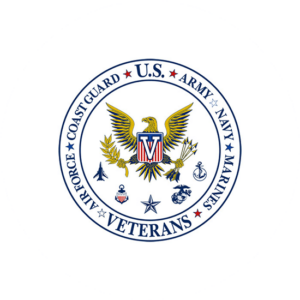
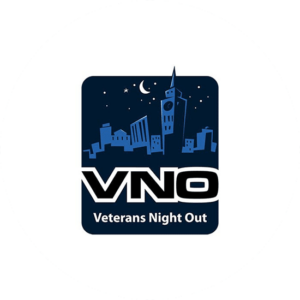
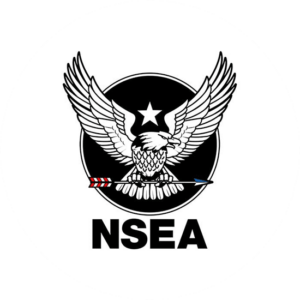
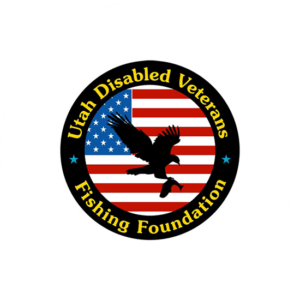
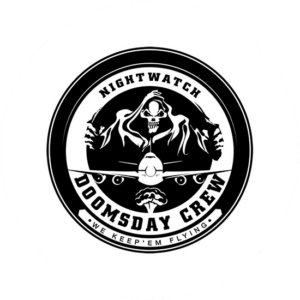
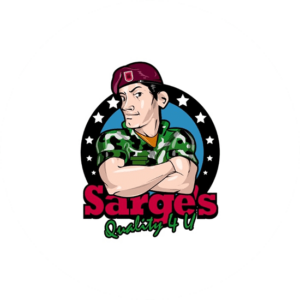
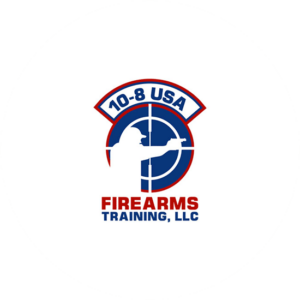
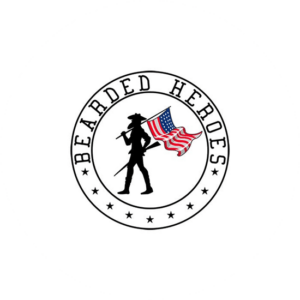
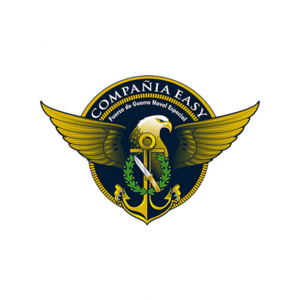


Logo Packages
Logo Only
-
- 5 Logo Designers
- 5 Concepts
- Unlimited Redraws
- Unlimited Revisions
- Money-Back Guarantee
- Copyright Transfer
Logo + Matched Stationery
-
- Logo Only Package
- + Business Card Design
- + Letterhead Design
- + Envelope Design
Logo + Matched Stationery + 500 Business Cards
- Logo + Matched Stationery Package
- + 500 Business Cards
Do You Have Any Questions?
Understanding Veteran Owned Logo Design
Most importantly, veteran-owned businesses often try to distinguish themselves by using colors, typography, and images that let potential clients know that their owners have served in the military. Furthermore, communicating this through a well-made veteran logo design can attract other veterans, not to mention patriotic citizens who want to support veteran-owned businesses run by national heroes.
As you think about logo design, consider what has worked well for other businesses. After all, you may want to use those examples as guides, or you may want to create a unique brand by steering clear of elements commonly used by other veterans. Remember that your own veteran logo design should be unique to set you apart from other businesses.
Colors for Veteran-Owned Business Logos
Perhaps, it shouldn’t come as a surprise to learn that many logos for vet-owned businesses use red, white, and blue colors. Since these are the colors used in the American flag, people living in the United States immediately recognize them as patriotic.
(Of course, if you own a business in another country, you should considering using colors considered patriotic there. A veteran of the German armed forces, for instance, might want to use black, red, and yellow).
For instance, some companies incorporate the flag into their logos for veterans. Others find that a bit ostentatious, so they take a different approach by including red, white, and blue more subtly in their logo designs.
However, just because a company’s owner was a member of the military, doesn’t mean that he or she wants to make that a major selling point for the public. Many companies owned or managed by veterans don’t try to attract customers by appealing to their patriotism.
Some extremely successful companies owned or operated by veterans include:
1) 24 Hour Fitness
2) Johnson & Johnson
4) FedEx
5) USAA
6) Verizon Communications
Noticing that, other than Johnson & Johnson, none of these companies have logos for veterans that look particularly patriotic. Instead, they have logos that work within a specific industry or target specific markets.
Segmenting the use of colors for veteran logo design
Assuming that you want to increase business by communicating your veteran status, though, it always makes sense to use red, white, and blue in your logo design. From the perspective of color psychology, reds, whites, and blues, make appealing logos in general. Even if one were to remove the culture’s nationalistic associations, they would still get plenty of use in successful logos.
Red is a physical color that displays courage and strength. Most of all, it’s the kind of stimulating color that makes people emotional and ready to act. Knowing this is exactly how you want people to respond when you have a store trying to sell merchandise. For instance, you want the consumer to make impassioned, decisive purchases.
Let’s consider blue, which adds a slightly calming effect to the red, but it adds other traits that businesses want to communicate to customers. After all, a small business logo with blue in it communicates trust and stability. It’s a calm, trustworthy color that makes people feel more comfortable and accepting.
Logos that contain white tell customers that the business is efficient, simple, and pure. This ties into the trustworthiness of blue. Read more about the psychology of colors for your veteran logo design.
Understandably, any one of these colors can work well by itself. When put together, they create an emotional balance that looks great in many logos for veterans. Of course, since the average person will almost always associate this color combination with U.S. patriotism, veterans can feel proud to include it in their logos.
Images for Veteran-Owned Organizations
First of all, organizations created to serve veterans usually distinguish themselves by using patriotic or military imagery in their logos for veterans. Furthermore, popular images include eagle wings, country or state map outlines, flags, and stars.
Let’s consider one veteran logo for the DAV (Disabled American Veterans) mixes several images, including the America flag, Lady Liberty, and a kneeling soldier holding a gun. The patriotic logo makes it even more clear that this is an organization created for warriors.
For instance, businesses that want to appeal to patriotic clients don’t have to get this heavy-handed when designing effective logos for veterans. For example, putting a bald eagle in the middle of a logo communicates patriotism effectively. Furthermore, adding a flag in the background of your logo could also tell people about your company’s patriotism.
Keep in mind, though, that you don’t necessarily have to brand your business according to your military service. Many veterans decide that it makes more sense to choose logos that make subtle use of military imagery or that do not include military imagery at all. However, this is a personal choice that depends on how an owner wants to brand his or her business.
Typography Used by Veteran-Owned Logos
Logos for veterans almost exclusively use traditional, serif typography. Few use sans-serif, modern, display, or script typography. After all, companies that want to appeal to veterans need to use typography that reminds people of the military. Above all, this automatically eliminates any typography that uses elegant scripts or modern curves. The letters are bold, heavy, and stable.
Look at the U.S. Navy’s logo. The typography has a heavy weight that communicates strength. Even the U.S. Army, which has tried to update its image in recent years to attract younger people, has a logo with bold, capitalized letters. Even the periods after “U” and “S” look large and imposing.
More importantly, logos for veterans often use similar typography. The DAV, yet again, makes a great example because their typography makes the letters look like they’re made of steel. They’re really just shapes on a page, but they look impossible to move.
The use of strength and tradition in logos for veterans
Above all, strength and tradition are characteristics that most veteran-owned businesses want to communicate to their consumers. For instance it becomes such an essential part of their branding that they have to include bold typography in every piece of marketing material. Without those letters, potential clients might not understand what the company represents.
Making a veteran logo can require a lot of careful thought. Most companies don’t want to overdo their military connections, but they might want to make those connections a small part of their logos.
Remember that, The Logo Company makes it easier for business owners to choose logos that match their needs. Before making logos, clients submit questionnaires that tell designers about their brands. See more about the easy ordering process. Five designers use this information to make customized logos for veterans, and the client then gets to choose their favorite. By having options made by several designers, companies have a better chance of getting the perfect logo. On a more personal note, the late owner of The Logo Company was also a Navy Veteran. He loved the history of the special forces
